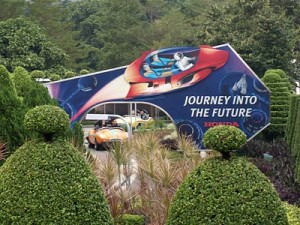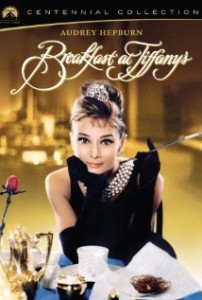In this semester, I was given the opportunity to work with a group of awesome people on the Marketing assignment in analyzing the current situation, STP and marketing mix of Zara. This group project has been an invaluable experience for me, as not only I could apply the marketing concepts that I had learnt in class to develop a marketing strategy that helps Zara to target a new segment (the “Hidden Beauties”) and proceed to the company’s success, but also my interpersonal skills have greatly strengthened throughout the process of teamwork.
I am glad that I was assigned to the same group with Allen, Evangeline, Irving and Terence as they are all amazing people to work with. I would use “united” to describe our team, as everyone was willing to contribute and put effort into the project. Although sometimes it happened to have conflicts between us, we always respected each other and patiently listened to others’ opinions and analyzed them carefully. Overall, we worked as a harmonious team and had become good friends after working together on this long and progressive project. We also enjoyed each others’ company to have delicious meals after our 5-hour group meetings!
As I have mentioned above, we always had group meetings that lasted for an average of 5 hours. Yes, 5 hours long! We spent so much time on each meeting because we did not actually split up our work and most of the time we worked together on the same part at the same time. Fortunately, we could still finish our assignments and hand them in on time. I will definitely learn from this mistake and I know what to do in my next group project -to separate and distribute work for each individual to accomplish independently so that efficiency can be achieved.
Thanks to this Marketing assignment for I have learnt so much outside the textbook and built up a good friendship with Team 3! 🙂








